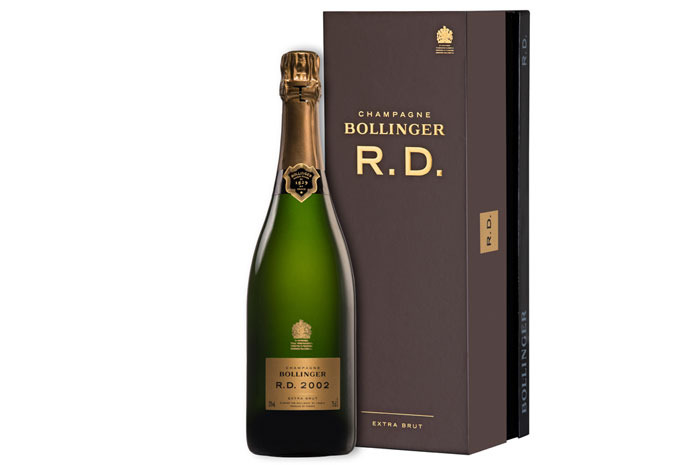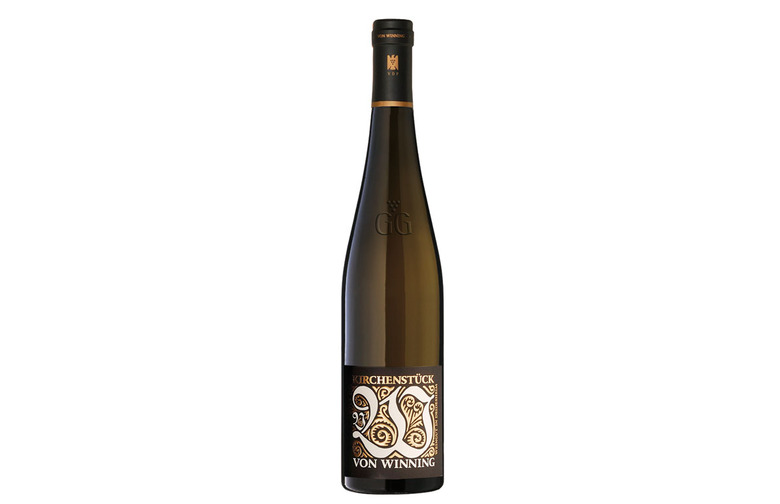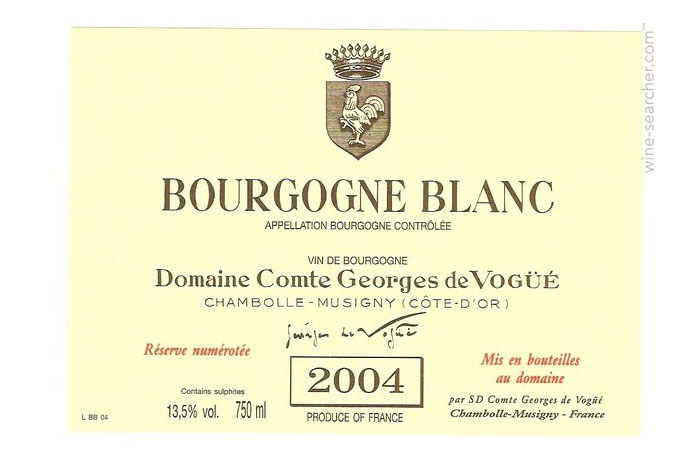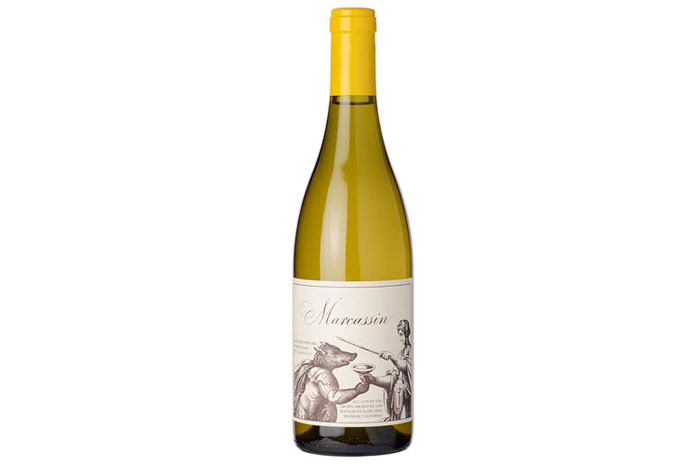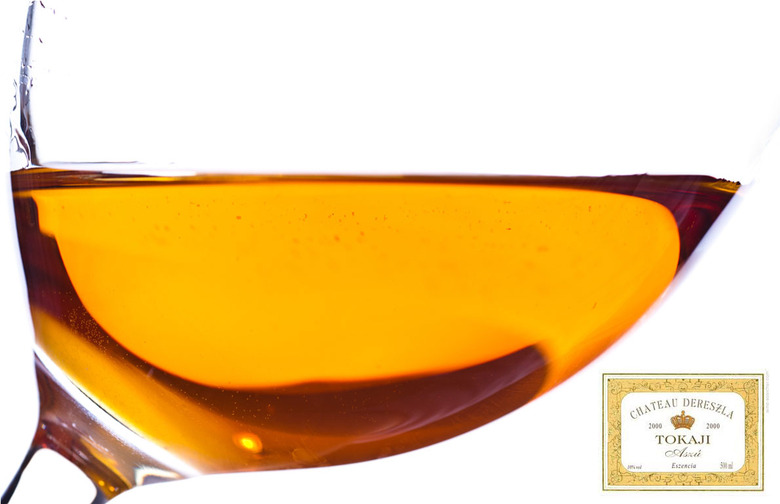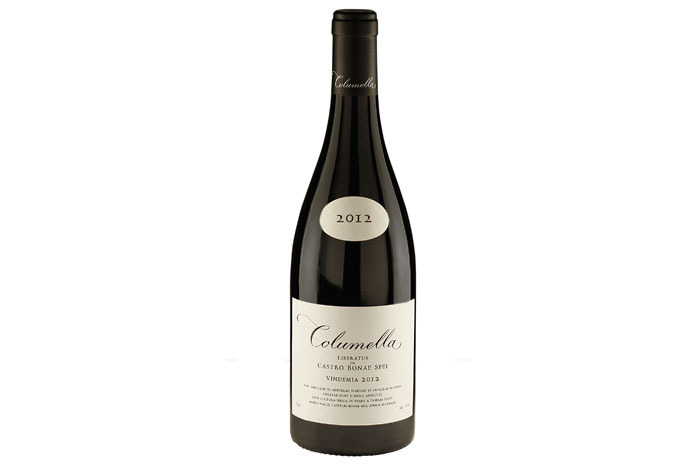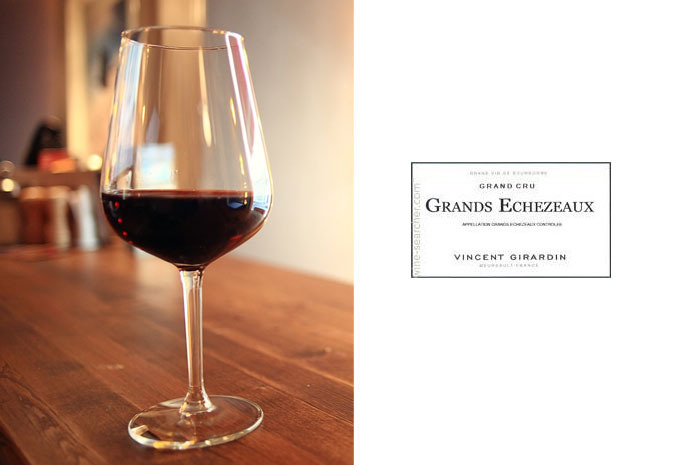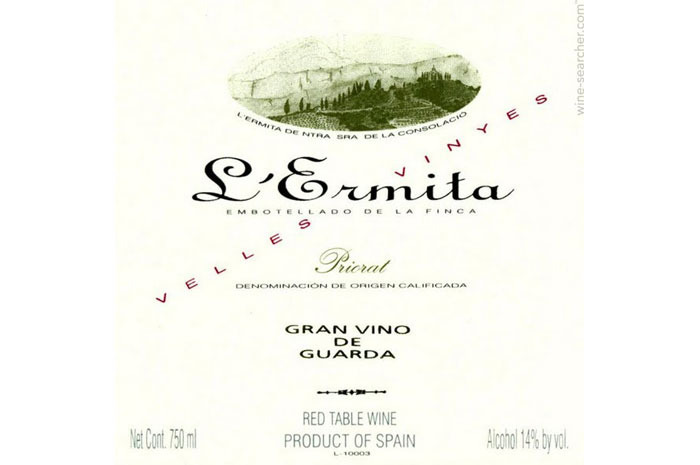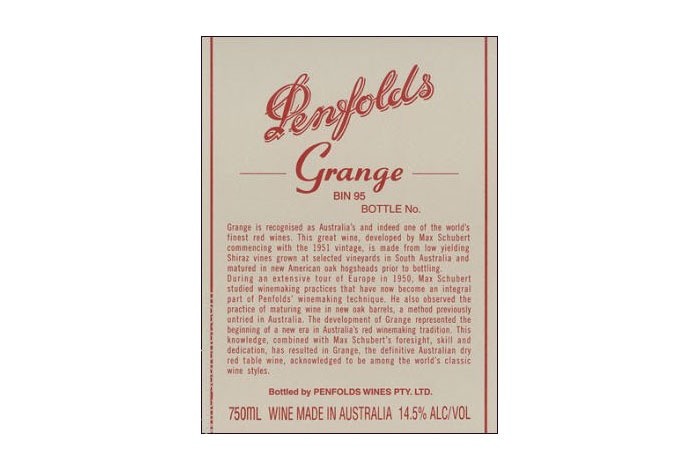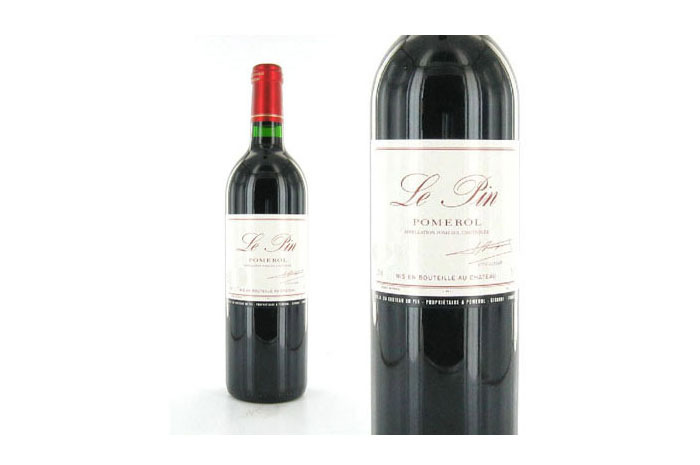Got A Nice Refund Coming From The IRS? 10 Wines To Celebrate With (Slideshow)
These aren't necessarily the most expensive wines in their categories, just some definitely costly ones that are worth the money if you have it to throw around. (Prices are approximate and will vary from place to place.)
Bollinger R.D. 2002 ($325)
Bollinger is a champagne brand for people who think of champagne as real wine, not just some fizzy frivolity. The R.D. stands for récemment dégorgé, or "recently disgorged," meaning that the wine sat in the bottle with its lees (dead yeast cells left over from the fermentation) for eight years before they were removed, thus developing the toasty, yeasty aromas the wine is known for. This is a meaty, earthy wine with a keen acid edge, perfectly balanced and capable of standing up to just about any dish, but also glorious to drink by itself.
Von Winning Förster Kirchenstück Riesling Großes Gewächs 2013 ($150)
There are many more expensive German rieslings out there, and certainly more famous ones, but this is one that will dramatically illustrate why riesling — though not all that popular in the United States these days — is one of the greatest white-wine grapes, easily the equal in complexity and finesse to chardonnay. "Großes Gewächs" — which means something similar to the French term "premier cru," or "first-growth" — is a description applied to Germany's best dry wines. Rieslings from the Pfalz region, like this one, tend to be richer and riper than their counterparts from other parts of Germany, and Von Winning's has a forthright, opulent, juicy character that's truly memorable.
Domaine Comte Georges de Vogüé Bourgogne Blanc 2012 ($250)
A really remarkable wine that pretty much defines what white Burgundy is all about. Expect a seductive aroma that hints at jasmine and melted butter, and a spicy multi-layered blend of flavors leading to a finish that goes on forever. Why so much money for a simple Bourgogne Blanc? Because this is in effect a young-vines version of de Vogüé's legendary Musigny Blanc. When the estate replanted their chardonnay vines in 1993, they stopped making Musigny and probably won't release one again until the vines mature sufficiently — at least another few years. Meanwhile, this wine upholds de Vogüé's reputation for ethereal chardonnay.
Marcassin Estate Chardonnay 2010 ($390)
This impressive Sonoma Coast bottling, from highly esteemed winemaker Helen Turley, is big and rich and ripe, as the best California chardonnays tend to be, but is somehow not really very Californian in overall character. It's more like a white Burgundy that has been supercharged with luscious fruit. Toasty and buttery, it has plenty of oak, but with a crisp mineral edge that deftly makes all that new-oak richness very palatable. The challenge with this wine is simply finding it; Turley cultists tend to snap up her wines the instant they're available.
Château Dereszla Tokaji Aszú Eszencia 2000 ($270/250 ml)
Probably the least-known of the world's great dessert wines, Hungary's tokaji aszú is a dense, amber-hued wine based on furmint and several other grapes affected with Botrytis cinerea, the so-called "noble rot" that gives these wines (and their French and German counterparts) their intensity and pronounced honeyed character. Eszencia is fermented not from crushed aszú grapes but from the juice that leaks naturally from them when they are first harvested. With a concentrated flavor that will remind you of apricot preserves, eszencia is syrup-sweet, dense, very low in alcohol (typically five or six percent), and very pricey; this excellent example of the wine would cost $810 for a normal-size bottle. The good news? It's so concentrated that you won't want to drink more than a few ounces at a time.
The Sadie Family Columella 2012 ($115)
This Rhône-style blend of syrah and mourvèdre from South Africa's Swartland region, just north of Cape Town, is the least expensive wine on this list, but easily the most esoteric — a wine to show off not your pocketbook but your erudition. That's partly because it's South African, and uncommonly pricey for a wine from that nation; partly because the label is written in Latin (the wine is named for Lucius Junius Moderatus Columella, the most important agricultural writer in ancient Rome), reading in part "Liberatus in castro bonae spei," which translates to something like "Set free in the Cape of Good Hope"; and partly because nobody will believe that this elegantly fashioned, deeply complex, thoroughly delicious red comes from a wine-growing country better known here for $8 sauvignon blancs.
Vincent Girardin Grands-Échezeaux 2010 ($275)
Red Burgundy is universally considered to be one of the world's great wine categories, but the truth is, buying a bottle — almost invariably very expensive — can be a crapshoot. A lot of feeble, sour, monodimensional wine gets sold under a lot of famous labels. In this uneven landscape, Vincent Girardin is a name to remember, both for the exquisite biodynamic whites and reds he makes from his own vineyards in the Côte de Beaune and for the Maison-labeled wines whose fruit he sources from elsewhere in Burgundy. A sterling example of the latter is this authoritative Grands-Échezeaux, with its elegant bouquet and its mineral-tinged, jammy savor on the palate, finishing with a faint hint of mocha. Sure, you could spend $1,800 or so for a bottle of the big-boy Grands-Échezeaux, the fragrant but definitely not jammy one from the celebrated Domaine de la Romanée Conti — but wouldn't you rather have six bottles of this excellent pinot noir and have enough left over for a nice steak dinner?
Alvaro Palacios L’Ermita Velles Vinyes 2006 ($750)
Thirty years ago, Spain's Priorat region, west of Barcelona, was known primarily for altar wines and the fortified Sherry relatives called vi ranci. Today, it is one of the most famous red wine areas in Europe, and Spanish super-winemaker Alvaro Palacios is one of the people responsible for that reputation. The main grapes here are carinyena and garnatxa — carignan and grenache to most of the world — and Palacios has some of the best vineyards for both, including L'Ermita, a perfectly situated plot of land planted with biodynamically tended old vines (velles vinyes) garnatxa. It yields a perfect mouthful of wine, big and ripe but also elegant and wonderfully smooth, with pervasive blackberry fruit and enough acid to make it stand up straight. Really something extraordinary.
Penfolds Grange Bin 95 2010 ($785)
No longer the most expensive wine produced by this first-rate Australian outfit — they released a limited edition Kalimna shiraz last year at $1,800 a bottle — but still a pretty penny. This uniquely Aussie bottling, first sold in 1952, is a complex blend of shiraz (syrah) from the Barossa Valley and three or four other regions, given a touch of elegance most years with a small percentage of cabernet sauvignon, likewise from various sources. Ripe, dense, and earthy, full of juicy, sweet fruit, this wine will live and develop for many years, but — unlike many reds with this kind of structure — is very nice to drink right now.
Le Pin 2012 ($2,000)
Okay, let's be honest: This opulent offering from Pomerol in Bordeaux is an I've-Got-It-and-I'm-Gonna-Flaunt-It kind of wine. Only about 600 cases of it are made annually, and it has the kind of cult following that usually attaches to pubescent pop stars, so it's not an easy wine to find. Is it worth the money if you do locate a bottle? Of course not. But it's pretty darned good. Made entirely from merlot, it's an eloquent expression of what the grape can produce — silky, floral, ripe but not raisiny, beautifully in balance, with a touch of anise and spice in the finish. Pretty memorable.
